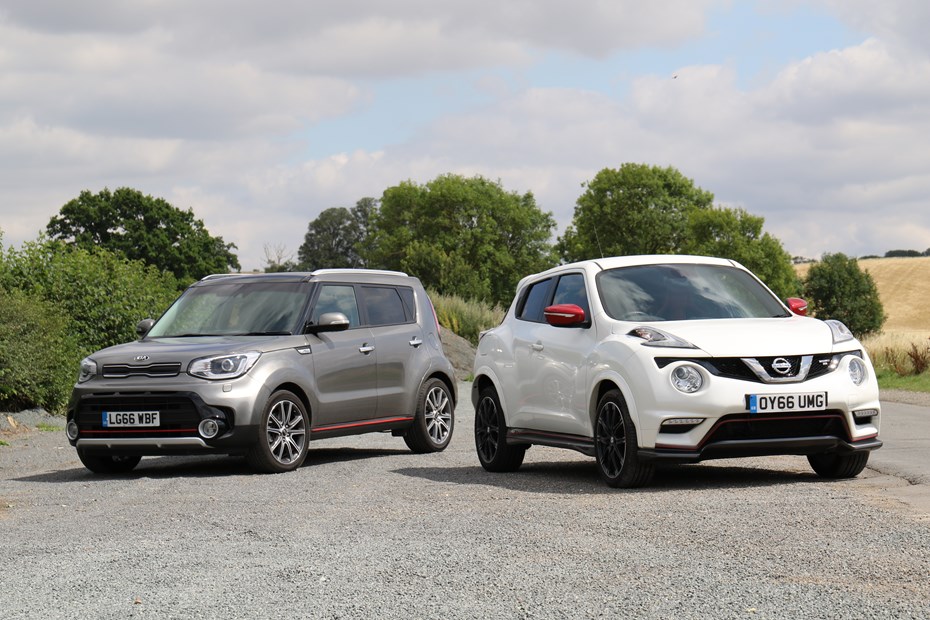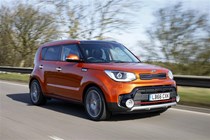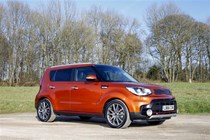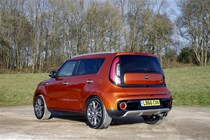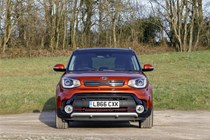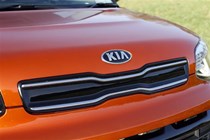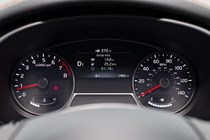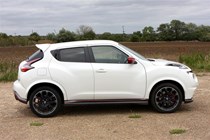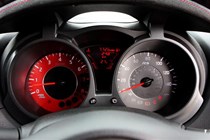We’re all aware that everyone seems to want a crossover, but where should the line be drawn when it comes to crossing over crossovers with other types of car?
Certainly not with sports cars, if the Kia Soul Sport and Nissan Juke Nismo RS are anything to go by.
Both sit at the top of their respective ranges, powered by turbocharged petrol engines and coming with plenty of sporty flourishes to make them stand out from the other cars in the line-up, and against rivals.
But are they worth considering? Do two already quirky crossovers make sense as wannabe hot hatchbacks? Read on…
Kia Soul Sport
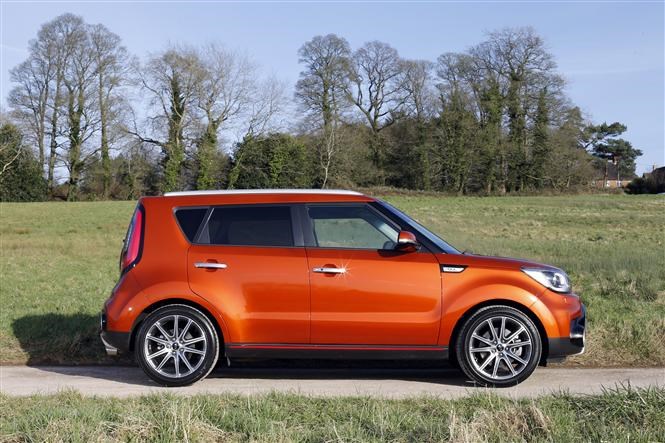
What’s under the bonnet?
The Kia’s powered by a 1.6-litre petrol engine producing 204hp and 265Nm of torque. It’s driven through the front wheels via a seven-speed DCT dual-clutch gearbox.
Despite some impressive performance figures, the Kia Soul Sport really doesn’t feel that quick – at least off the line. There’s oodles of wheelspin as the chassis struggles to handle the power, meaning much of the oomph is wasted at the point where you’ll probably need it most.
Once up to speed pulling power is decent, although the engine becomes seriously harsh as you rev it to the redline. The manual override on the gearbox is quick enough, although gearchanges can be a little jerky if rushed.
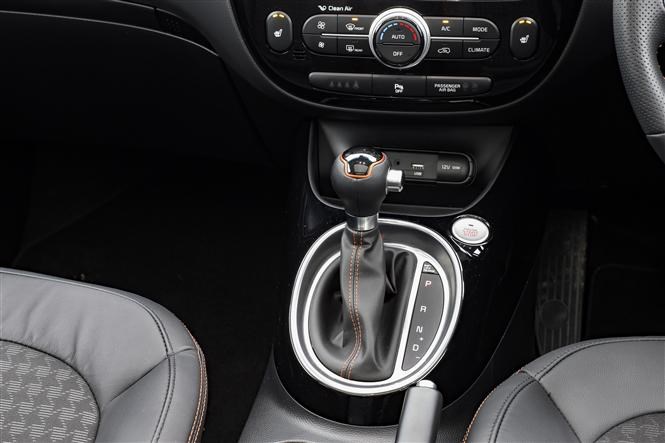
It’s hard to see why’d you’d pick this engine over more conventional petrol or diesel offerings, considering that you don’t get much joy or real world performance from the power boost. It doesn’t feel as quick as the Ceed with the same engine.
Drive it like you would a regular Soul and it’s acceptable – even if the gearchanges can be a little dim-witted.
However, this defeats the object of paying extra for the punchier engine, so why not just get a lower-powered version?
How does it ride and handle?
The ride quality is perfectly decent, but you’re always aware that it could be better, were it not for the larger alloy wheels. That said, for such a boxy car, wind noise is kept to a low level.
Handling is predictably odd. There’s lots of understeer – where the front of the car slides wide – in the wet and you never quite feel comfortable exploiting the power as it’s clear the chassis has not been designed for 200hp+.
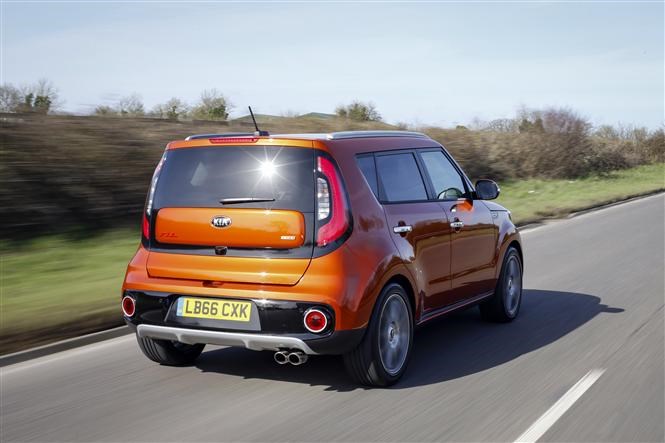
Plus, bodyroll is ever-present, meaning you’ll likely feel a touch seasick if you start to push on in the bends. The steering is reasonably well-weighted, but doesn’t provide much feel.
What’s it like inside?
As usual in Kias the cabin feels solid and exceptionally well screwed-together.
The buttons and controls are smattered around a bit, but once you’re used to the layout everything is fairly easy to use.
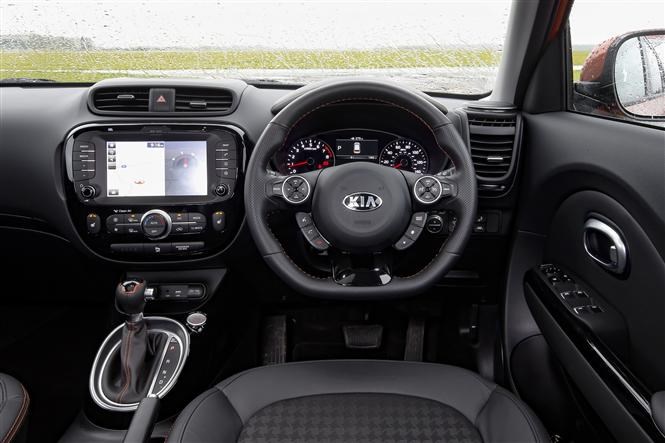
All the nice touches, however, such as the sporty wheel and premium-looking speakers in the corners, can be had without the big engine.
Is it practical?
Yes, with excellent room in the front and back (largely owing to that boxy design) and plenty of cubby holes and pockets for storage.
Boot space is exactly the same as the Juke at 354 litres, expanding to 1,367 litres with the rear seats folded down. There is a bit of a drop from the loading lip to the boot floor, however, which could present a challenge when loading heavy items.
Nissan Juke Nismo RS
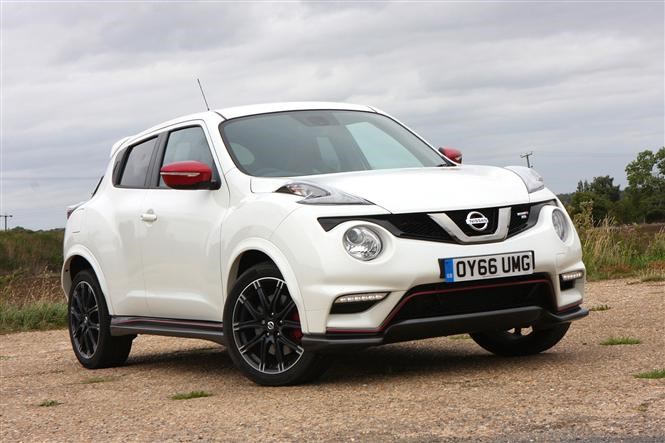
With 218hp on tap, the Nismo RS is by far the fastest Nissan Juke and has a power advantage over the boxy Soul, blasting to 62mph in just 7.0 seconds (compare that with the Soul’s 7.5).
To help contain the hefty horsepower tally – all of which is fed through the front tyres in the manual version – the Nismo RS has a limited-slip differential to boost traction.
This means that this most powerful Juke does a good job of transferring its muscle to the tarmac, firing it along at a surprising pace. However, while the engine’s strength isn’t in doubt, it provides an inconsistent spread of power.
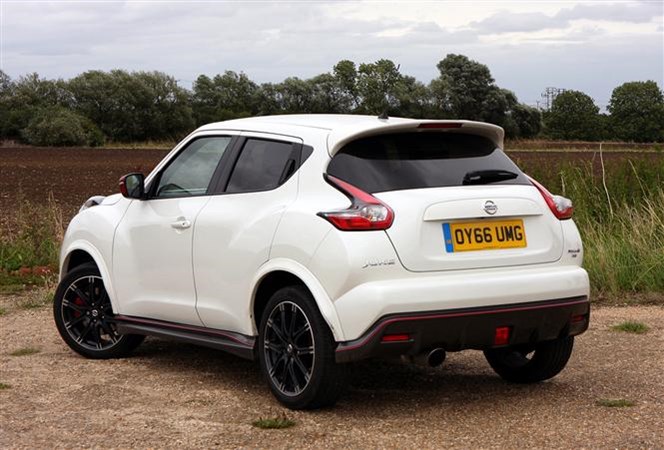
The motor offers an initial burst of acceleration at low speed, then a large flat spot at middling RPM followed by a spike in power just before you have to change gear.
As the Juke’s tall stance and off-roader profile mean it’s no sports car, this is distinctly out of sync with the rest of the car; few drivers will work the engine hard enough to exploit the power, but many will be frustrated by the middle-of-the-road performance with normal driving.
How does it ride and handle?
The suspension is unyieldingly stiff. Yes, it does deal with lumps in the road well, but this isn’t a comfortable car.
Compounding that, are sports seats that are hard and deeply bucketed, with little back support. The engine note also adds to the discomfort, booming away with little tune when you flatten the throttle.
Yes, this is the sharpest Juke to drive, but if you want a small performance car, you’d be better served with a completely different model.
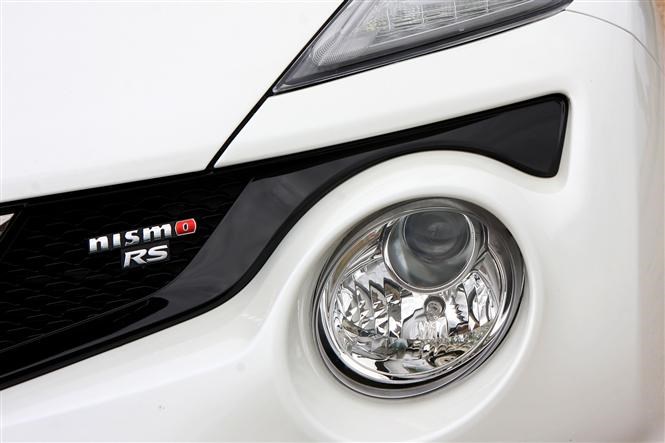
Comfort is too compromised for this to be an everyday car, while the inconsistent engine detracts from the driving experience. It feels very similar to the Soul Sport in that you must ask yourself: ‘What’s the point?’
Throw in a price tag of more than £23,000 – or £390 per month on PCP finance (36 months, £2,000 deposit and 10,000-mile-per-year allowance) – and the Juke Nismo RS is very hard to recommend in its own right.
Go for the Kia, and with the same criteria, you’ll pay just a little less at £387 per month. So, in short, neither are cheap to finance!
Verdict
In isolation, both cars make very little sense in their respective ranges. We understand the appeal lies in their off-the-wall looks and alternative packaging, but they’re simply not polished enough to really shine.
Side by side, the Juke does enough to feel like the car that does the job of mad, fast crossover better than the Soul, but it’s not involving or rewarding enough as a performance model to justify its purpose.
Of the two, the Soul Sport feels more a sporty-looking imitation than a dedicated performance version, whereas the Juke is much more the athletic offering.
You’ll need to decide where your priorities lie in terms of performance and comfort, and then the decision becomes clearer. Juke for performance, Soul for comfort.
Just so you know, we may receive a commission or other compensation from the links on this website - read why you should trust us.


